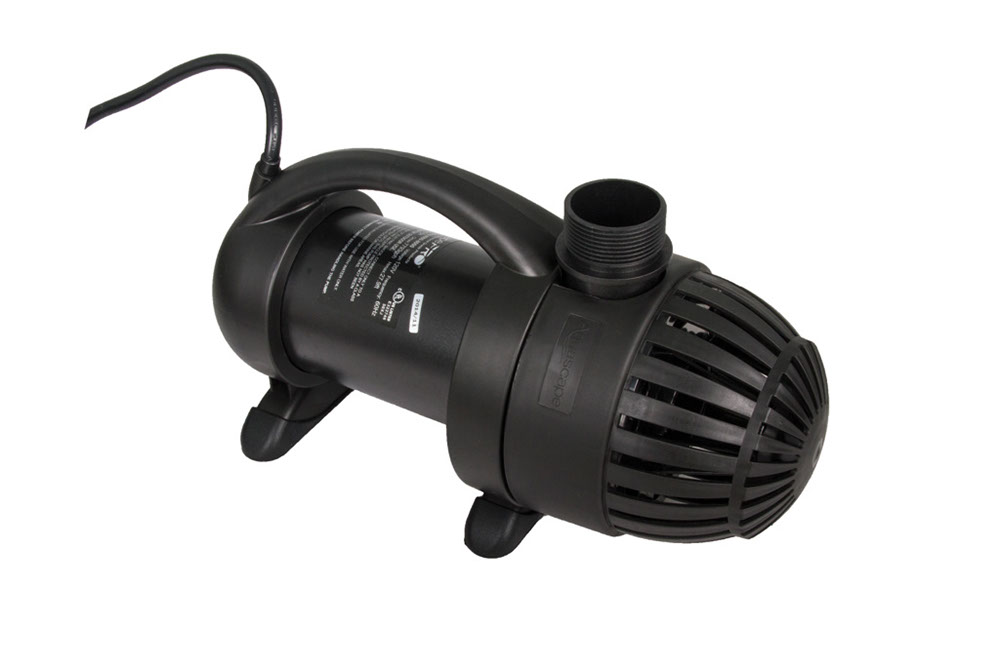Top 10 Cleaning Your Pond Tips
After the initial large cleanup is done I recommend taking a few minutes each week while your filter is running (if you have one) to siphon out any dirt or leaves that have fallen in. You can do this with the hose connected to your pump, stuck through a tarp under liner etc. Just be sure all water is flowing out elsewhere – never siphon dirty pond water into your main pond!
You may also keep any underwater sand areas clean by carefully netting sand and pulling up/siphoning sand from underneath (and throwing it away somewhere where it won’t clog pumps). A new layer of gravel will soon cover any areas you remove sand from and help camouflage them until they blend in naturally over time again.
If you follow these 10 simple steps on how to clean your pond, your water garden environment should return back to normal within a weekend at most and allow you many more years of enjoyment with your water garden friends!
If you have an outdoor pond or water garden environment, chances are you’ll need to perform some cleaning on it at some point. If you simply let debris build up in the dirt under your liner, algae blooms can cause dirty brown water which won’t support fish health over time. Spring is by far the best time to clean out ponds as this allows the bacteria needed for filter processes to naturally grow back during warmer months while minimizing fish stress all year long! You should also consider having a “spring” cleaning done any time summer temperatures are predicted to be extremely high/hot for prolonged periods of time – even if winter was mild and there wasn’t much growth on your pond bottom yet. More on that later if you’re interested.
There are some basics to cleaning out ponds I recommend everyone know before deciding how to clean your pond on your own, but first let me say there are different reasons for doing it at any given time – all of which depend on your specific situation. You may want to clean out a small kiddy pool if you have young children who insist on playing in the dirt and using it as “their new sandbox” or you might decide to tear down an old garden pond because you don’t have the budget/energy for repairs this year (or next) etc. How to clean your pond really depends on YOUR needs and desires!
FAQ: is my water feature safe?
If you’ve ever stepped into your backyard and felt a little bit of shock or fear when seeing your own water feature for the first time – don’t worry! This is completely normal as you’re probably not used to seeing such a big part of your yard looking so different than it would throughout the rest of the year.
People often ask me “is my pond safe? Is my koi healthy?” and many times I can tell they’ve had a very difficult time with maintaining their new water garden or outdoor pond without help from someone experienced who has taught them how to clean their pond, maintain proper water chemistry etc.
What’s sad is that these same folks have been spending their money on expensive koi food, medications and even chemicals thinking they doing what was best for their koi while still trying to maintain a clean pond environment. Unfortunately, the sad truth is that many of these folks were only harming their koi and never even knew it, wasting more money than they needed to by not doing simple things like how to clean your pond properly and choosing the best products for their situation (and what NOT to use).
If you’ve ever wished there was someone who could visit your water garden, help identify problems areas and walk you through all the steps required in order to get your outdoor pond or water feature looking beautiful again – we can help!
Thanks for reading at Meyer Aquascapes! We hope you’ve enjoyed our post on garden pond design. Please leave a comment below if you liked it or have any questions. We’d love to hear from you! Thanks for stopping by!



